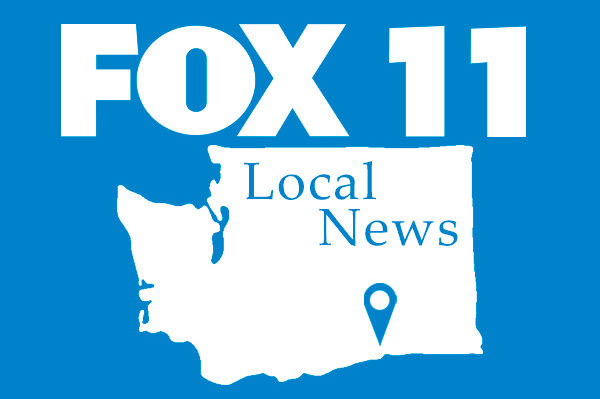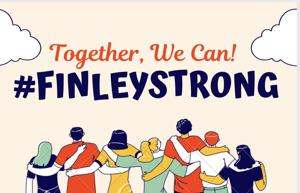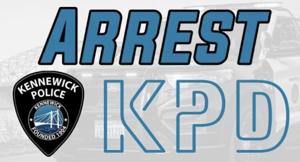
Richland, WASH.- The HAMMER Federal Training Center hosted fire departments and decision-makers from across Washington state on Friday, March 22 for Fire Ops 101.
Fire Ops 101 offers elected officials a day of firefighter training to give perspective on how fire crews operate and the challenges they face on the job.
I trained shoulder-to-shoulder with city council people, mayors, and other officials to share just a taste of how our local heroes go to battle.
Firefighters walked us through six separate simulations which they called ‘props’.
After donning around 50 pounds of gear, firefighters briefed us on our first prop: a car fire.
Firefighters taught us they attack car fires at a diagonal angle from the front bumper to limit the risk of auto parts striking them if auto parts explode outward from the car.
Our second prop proved challenging for those afraid of heights: a 105-foot tall ladder. We scaled a ladder truck seven stories to the top of a building before taking stairs down back to learn how fire crews ventilate house fires.
Firefighters use chainsaws and pikes to cut through roofs– ventilating the fire better than opening windows would.
“If we can remove the smoke and the heat to improve visibility into the building, we can get our hose lines quicker to the seat of the fire,” Fire Captain Brian Cole with Kennewick Fire Department said. “It’s also easier to find victims within the building.”
The third prop simulated a house fire. We put out a fire on the first story, before rushing upstairs to put out a burning “mattress”.
The fourth: a severe car crash rescue simulation. I used a hydraulic rescue tool (Jaws of Life) and a reciprocating saw (Sawzall) to cut through doors before pulling a dummy from the car.
Jeff Pugh with the Puyallup Extrication Team said severe crashes that require rescues take more responders and happen more often than people realize.
“In a [two-car crash] like this, it would take at least two fire engines, a ladder truck, two medic units, and a battalion chief. You’re looking at 14 personnel minimum. And that’s with two patients,” Pugh said. “If there are more patients, there’d be multiple more units.”
Our final prop was a CPR and ambulance simulation.
Firefighters directed us to perform CPR on a dummy and insert a breathing valve into its trachea, bring it down a flight of stairs on a backboard, and load it onto a stretcher and into an ambulance.
They gave us the full experience: the ambulance was driven quickly and made hard stops as we hooked the dummy up to monitors.
At the end of a long day, Richland Mayor Theresa Richardson told me her exhaustion would help her sleep well: “But also, we sleep well because we’ve got amazing first responders in our community… they walk into this unknown of what they’re going to be facing. Great training, they know what to do. But the courage– the bravery– the commitment to our community.”


